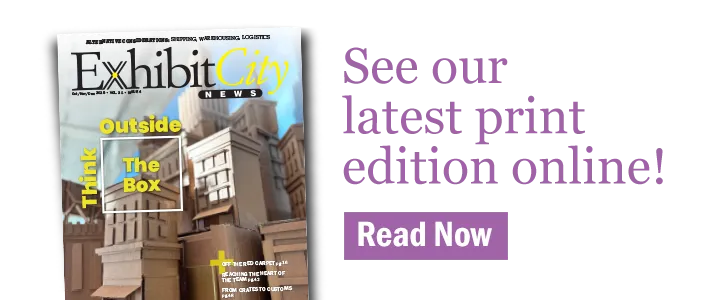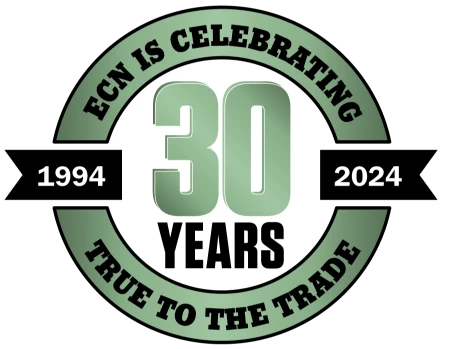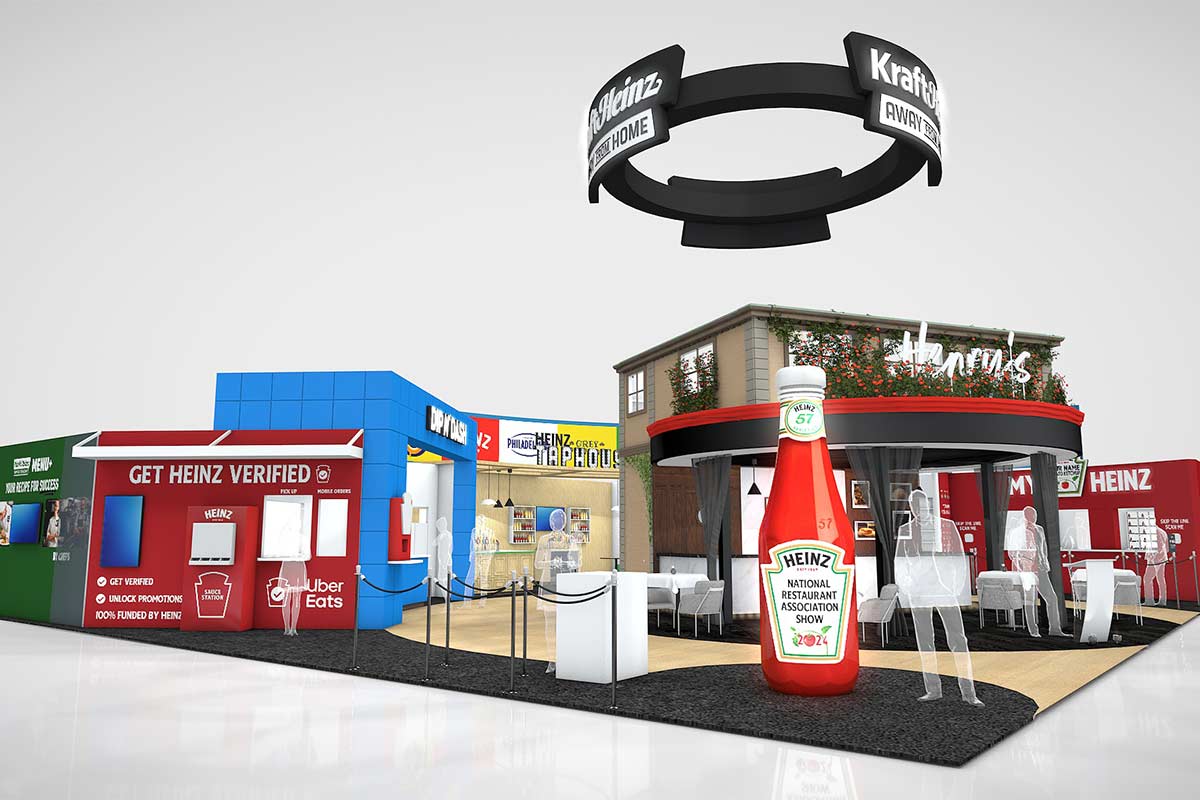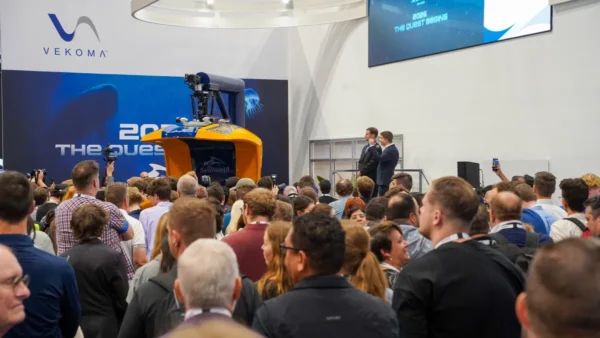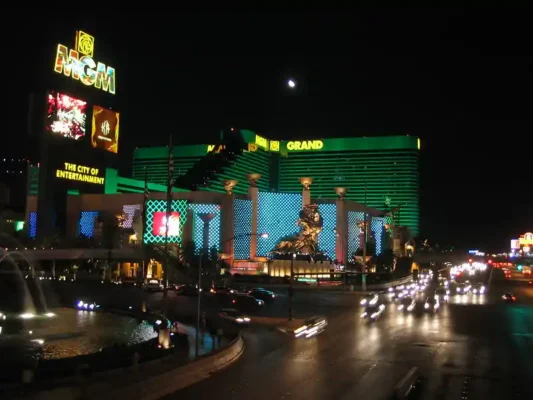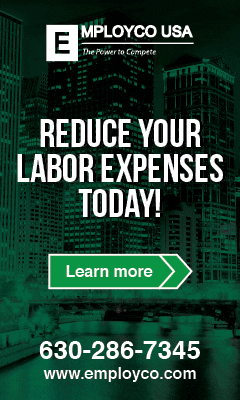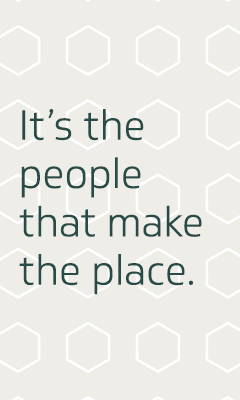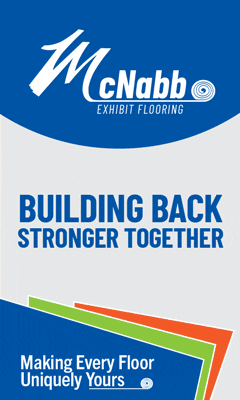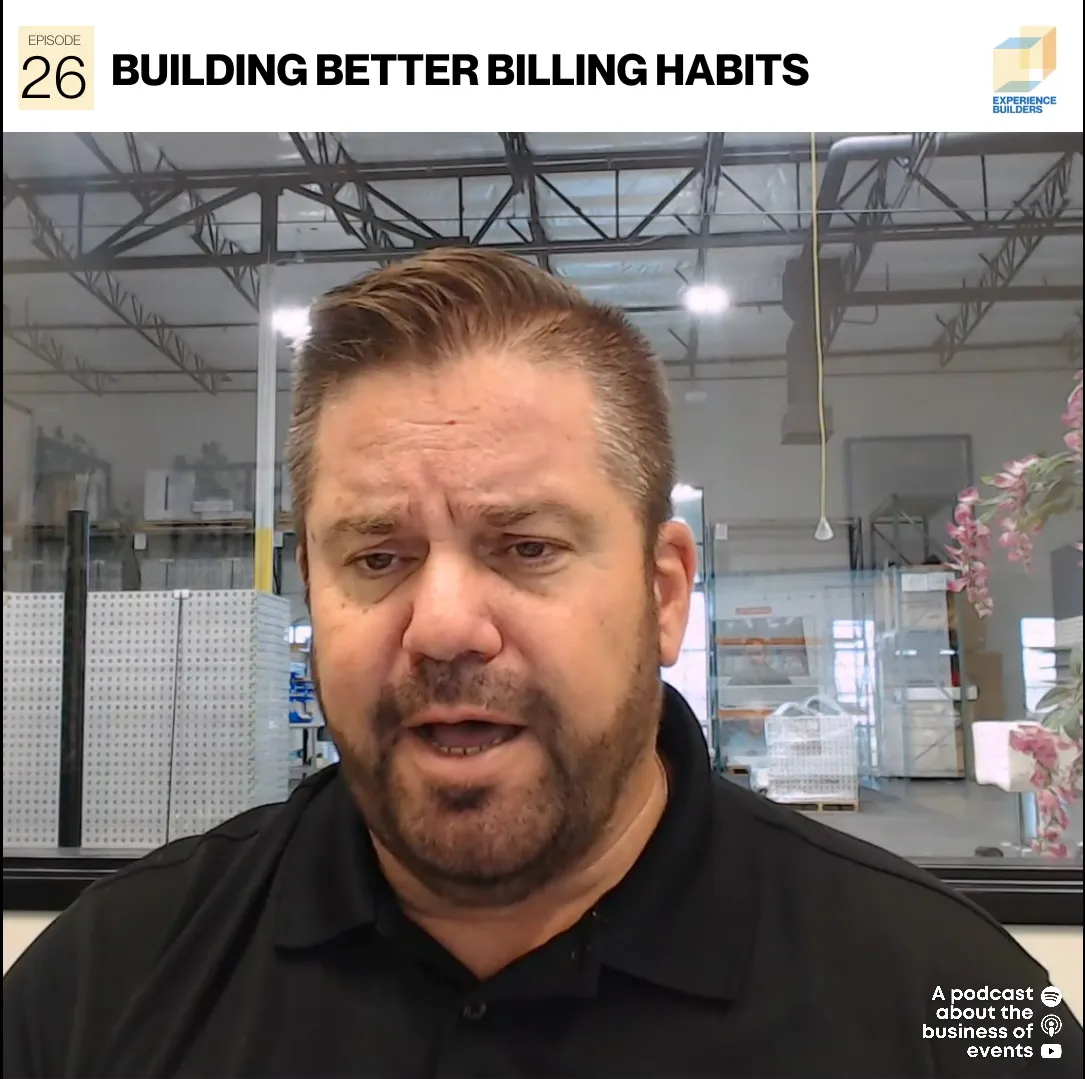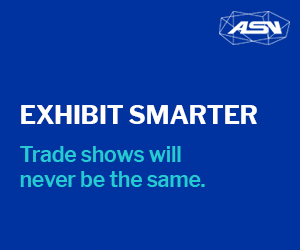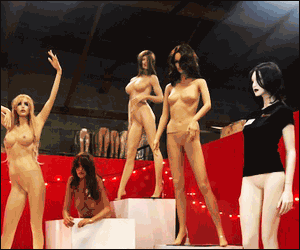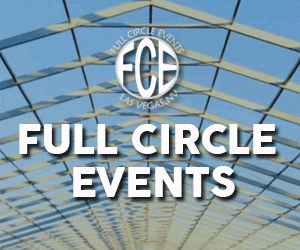If you sat through a marketing class prior to the new millennium, you learned the customer, not the company, owns the brand. But the new century made adaptations to the term ‘brand’ and, as an extension, ‘branding.’ The use of the term(s) changed to be synonymous with ‘corporate ID’ like PMS colors, logos, and the like. Certainly, the new definition is more accessible, but it dilutes the emphasis on the connection the customer has with the company and/or ‘the brand.’
My pre-millennium marketing education focused on the earlier definition, and frankly, the focus on logos, colors, and similar elements takes the attention away from influencing the customer to absorb positive brand experiences. The marketing vernacular today calls it engagement, but the customer’s encounter with the brand is so much more than that. Nor is brand about the customer’s understanding of the exhibiting company’s core values. Those provide internal motivation to show up with predictable consistency in the market, and they’re important but secondary to the customer experience.
Brand: From Theory to Application
I reached out to two of the many incredible designers in our industry, Chris Radovich, now senior vice president Creative at Los Angeles-based Dream Craft, and Tony Erpelding who has his own design consultancy.
I’ve worked with them and asked how they would “approach” the brand question. We moved from theory to application by discussing connecting with customers in the space.
Erpelding recalled conversations with colleagues about brand. “A brand is a promise that a company makes to its customers, their expectations for the company,” he told me. “Either they’re met, or they’re not. I certainly think the aesthetics and materials are part of it, but basically, the question becomes a behavioral thing.”
Here is what they say about brand and what to consider when addressing client needs:
Tony Erpelding and Looking Like Apple
You have to support a brand. You need a strong point of view and to stay consistent with it. Apple did it, and they did it in spades. Clients love to say, “We want to look like Apple.”
Questions to Ask
So, you ask yourself: What am I doing from a design standpoint to support the behavior consistent with growing the brand? How am I planning to engage with customers? What can you do? How do you want to engage with your customers at a tradeshow in a way that is more consistent with your brand?
Maybe it’s because we really want to partner with them, sit side by side with them, and not feel like it’s a transaction across the counter. You create an environment to support that kind of activity. What do you want your customer’s journey to be? And what are the steps to make that happen? Those steps can determine an awful lot of the decisions that you make in designing for a brand.
Defend the Brand Integrity
Sometimes, individual product managers want to do their own things in the booth that aren’t consistent with the overall engagement. I often have to play the bad guy. “No, you can’t put that thing here.”
Exhibitors need to work with their designers or agencies to develop the standards, write them out, and give examples. They do it with logos and all that stuff, but it must also happen in the exhibit environment. You have to spell out the do’s and don’ts. What are the design statements that make this unique for your company?
But this also touches on another thing: you can design this great experience or environment, and then you fill it with people who don’t know what they’re doing. The booth staff has to be trained. They have to understand how you want them to engage with people; spend some time discussing that.
Just because you build it, they may not come. You can’t fill your booth with a bunch of people who don’t know what they’re talking about or who don’t know how to engage with people. Ancient tradeshow wisdom says the encounter with the booth staff is the most important element of the exhibit experience.
Chris Radovich and the LED Ketchup Bottle
Because I’m working for a company in LA, I’m getting a combination of high-tech and event stuff. We work with a lot of LA-based agencies, so we work with a lot of very big brands.
For example, one of my clients is Kraft Heinz. Their big thing is branding, but it is more than making the logo bigger. What is important for a brand is how to incorporate the social aspect. There’s so much user-generated content and social media in play, so the question becomes, how are they perceived? What’s the photo opportunity for people engaging with the brand?
We create Instagrammable or Facebook moments that get people excited. We’re not just building exhibits; we’re building emotional connections.
Make it Interactive
I try to integrate the social aspect into almost every project I work on now. The exhibit is more of a thematic environment. What’s the big story?
We incorporate small elements in a large exhibit to tell the story. We created a French fries throne for Kraft Heinz when Game of Thrones was a big thing. We also had an oversized LED Ketchup bottle in the booth. You could get your own laser-printed branded mini ketchup bottle with your name on it.
It’s getting people excited about the brand. You can plug in what kind of topping you want: What’s your favorite sauce? The bottle can change from the LED Ketchup bottle to a mayonnaise bottle, ranch dressing, or whatever- maybe Buffalo spicy.
It’s an Instagrammable or Facebook moment.
People were coming up and getting their photos taken. We find subtle ways to incorporate elements of the brand.
Make it Fun
How do we make it a fun interaction—and how do we do it appropriately for the client? What is the customer profile? Who’s attending this? We try to get a feel for the customer journey: Who do we want to attract? Who are we targeting, and how do we get them to engage?
When I first started out, photo booths were a big thing, and you’d get your photo or selfie sticks. It’s so much more than that now.
Now, we encourage people to enjoy and take advantage of these elaborate branded backdrops and interactive displays. You must consider who the audience is, how to create a space they want to enter, and how they can interact with it.
Because we do have elements that might get a big draw. I have to plan for space because I usually deal with bigger spaces. But we still do the traditional tradeshow, the 20×20-feet and 30×30-feet, and things like that. I still play around with a lot of different materials. Clients are cost-conscious, so we use a lot of the fabric. And when we want to spend extra money on a thematic element, we will.
How About You?
Think about the brands you “own.” Nike or Adidas? United or Delta? Beats or AirPods? And then think about the influences that help make that decision—because that’s what designers create.
This story originally appeared in the Q2 2025 issue of Exhibit City News, p. 24. For original layout, visit https://issuu.com/exhibitcitynews/docs/exhibit_city_news_-_apr_may_jun_2025/24.



